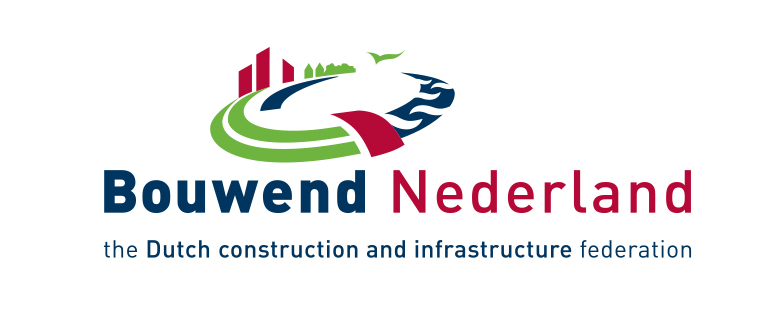Overall construction activity
In 2020, construction output shrank by 9.1% compared to 2019 amounting to €12.2 billion (current prices). Most affected was the civil engineering segment with a decrease of 13.1%. Building construction registered a decline of 5.7%.
On average, construction output prices were 7.4% higher than in the previous year. Also, in December 2020, the volume of contracts was 7.8% above the level from December 2019. For the construction of buildings, the volume of contracts increased by 60.8% while it decreased by 11% for civil engineering works.
In the fourth quarter, construction producer prices rose by 6.3% compared to the same period of the previous year. Prices increased by 5.8% in the building segment, by 6.5% in civil engineering and by 6.6% in specialised construction activities.
In the fourth quarter of 2020, construction prices were 1.1% higher than in the previous quarter.
Housebuilding
In 2020, 28,208 new dwellings were built, 34% more than in the previous year. Based on issued dwelling construction permits and simple declarations, the number of homes to be built decreased by 36% to 22,556 compared to 2019.
In 2020, 6,341 homes were built in Budapest, 8.6% more than in 2019. The number of dwellings brought into use increased in all geographical units: By 55% in towns of county rank, by 31% in other towns, and by 45% in villages. Almost half of the strong growth in towns of county rank was provided by the three areas of Debrecen, Győr, and Szeged. In each of them, more than 1,000 new dwellings were brought into use. In 2020, the number of dwellings brought into use reached a post-2009 high. District 11 accounted for one third of Budapest’s housing construction and nearly one tenth of Hungarian housing construction. Compared to 2019, the number of new dwellings more than doubled in Northern Great Plain, and strongly grew in Southern Transdanubia (by 81%) and Southern Great Plain (by 70%). Only two regions experienced a decrease: Central Transdanubia and Northern Hungary, both down by 13%.
The share of dwellings built by individuals increased from 41% to 47%, while that of dwellings built by enterprises fell from 57% to 52% compared to 2019.
52% of dwellings brought into to use were in detached houses, 39% in multi-dwelling buildings and 5.9% in residents parks. Floor area averaged 98 m² in homes, an increase of 1.4 m².
In 2020, the number of dwelling construction permits and declarations was remarkably lower than the number of dwellings brought into to use. The number of building permits was several times higher than that of new homes, a significant turnaround compared to previous years.
Housing construction sentiment decreased in all geographical units. In Budapest, the number of construction permits and declarations decreased by 48%, in county towns by 39%, in other cities by 32%, and in villages by 14%.
Compared to the last year, the number of dwelling construction permits and declarations increased only in one region, namely Central Transdanubia. Only two counties showed a significant increase: Fejér (64%), and Tolna (28%). A total of 11,381 residential buildings are planned to be built, a decrease of 20%. 81% of them, a total of 9 265 units, are one-dwelling residential buildings.
4, 023 permits were issued for non-residential buildings, down by 3.4% compared to 2019.
GDP 2020
BILLION
POPULATION 2020
Total investment in construction in 2020
BILLION
| Number of building permits in residential construction | |||||||
| 2017 | 2018 | 2019 | 2020a | 2021b | |||
| single dwelling | 10,078 | 10,163 | 11,026 | 9,265 | N/A | ||
| collective dwelling | 26,671 | 25,445 | 23,224 | 11,998 | N/A | ||
| other types of dwelling | N/A | N/A | N/A | N/A | N/A | ||
| Total | 37,997 | 36,719 | 35,123 | 22,556 | N/A | ||
| (Collective dwellings and other types of buildings: in number of flats) | |||||||



































